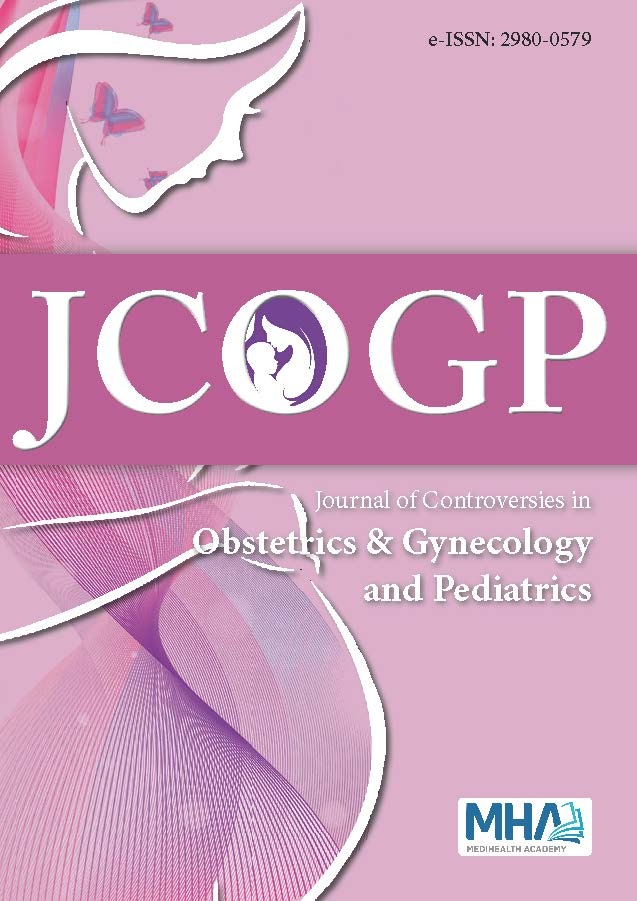1. Lawrence L, Fontaine P, King V. “The nature and management oflabor pain: part I. Nonpharmacologic pain relief.”Am Fam Physician.200;68(6):1109-1112.
2. Cunningham FG, Leveno KJ, Bloom ST, et al. Williams obstetrics 25thed. New York: McGraw-Hill. 2018;(1)508.
3. Wong, CA. Labor analgesia: is there an ideal technique? Anesthesia andAnalgesia. 2009;09(2):296-298.
4. Pandya ST. Labour analgesia: recent advances. Indian J Anaesth.2010;54(5):400-408. doi.org/10.4103/0019-5049.71033
5. Silva M, Halpern SH.Epidural analgesia for labor: current techniques.Vet Anaesth Analg. 2010;3(1):143-153. https://doi.org/10.2147/LRA.S10237
6. Somuah M, Smyth RMD, Cyna AM, Cuthbert A. Epidural versus non-epidural or no analgesia for pain management in labour. CochraneDatabase Syst Rev. 2018;5(5):000331. doi.org/10.1002/14651858.CD000331.PUB4
7. Eltzschig HK, Lieberman ES, Camann WR. Regional anesthesia andanalgesia for labor and delivery. N Engl J Med. 2003;348(4):319-332.https://doi.org/10.1056/NEJMRA021276
8. Simmons SW, Taghizadeh N, Dennis AT, Hughes D, Cyna AM.Combined spinal-epidural versus epidural analgesia in labour.Cochrane Database Syst Rev. 2012;10(10).D003401
9. Gomar C, Fernandez C. Epidural analgesia-anaesthesia in obstetrics.Eur J Anaesthesiol. 2000;17(9):542-558. https://doi.org/10.1046/J.1365-2346.2000.00733.X
10. Bonapace J, Gagné GP, Chaillet N, Gagnon R, Hébert E, Buckley S.Physiologic basis of pain in labour and delivery: an evidence-basedapproach to its management. J Obstet Gynaecol Can.2018;40(2):227-245.
11. Hodnett ED. Pain and women’s satisfaction with the experience ofchildbirth: a systematic review. Am J Obstet Gyneco. (2002;186):160-172.
12. Lee N, Coxeter P, Beckmann M, et al. A randomised non-inferioritycontrolled trial of a single versus a four intradermal sterile waterinjection technique for relief of continuous lower back pain duringlabour. BMC Pregnancy and Childbirth. 2011;(23):11-21.
13. Lytzen T, Cederberg L, Möller-Nielsen J.Relief of low back pain in laborby using intracutaneous nerve stimulation (INS) with sterile waterpapules. Acta Obstet Gynecol Scand. 1989;68(4), 341-343. doi.org/10.3109/00016348909028669
14. Jones L, Othman M, Dowswell T, et al. Pain management for women inlabour: an overview of systematic reviews. Cochrane Database Syst Rev.2012;(3):009234.
15. Ader L, Hansson B, Wallin G. Parturition pain treated byintracutaneous injections of sterile water. Pain. 1990,41(2):133-138.doi.org/10.1016/0304-3959(90)90017-8
16. Bahasadri S, Ahmadi-Abhari S, Dehghani-Nik M, & Habibi GR.Subcutaneous sterile water injection for labour pain: a randomisedcontrolled trial. J Extracell Vesicles. 2006;46(2):102-106. https://doi.org/10.1111/J.1479-828X.2006.00536.X
17. Kushtagi P, Bhanu BT. Effectiveness of subcutaneous injection of sterilewater to the lower back for pain relief in labor. Acta Obstet GynecolScand. 2009;88(2):231-233. https://doi.org/10.1080/00016340802635534
18. Mårtensson L, Wallin G.Sterile water injections as treatment for low-back pain during labour: a review. J Extracell Vesicles. 2008;48(4), 369-374. https://doi.org/10.1111/J.1479-828X.2008.00856.X
19. Trolle B, Moller M, Kronborg H, Thomsen S.The effect of sterile waterblocks on low back labor pain. Am J Obstet Gynecol.1991;164(5-1):1277-1281.
20. Wiruchpongsanon P. Relief of low back labor pain by usingintracutaneous injections of sterile water: a randomized clinical trial. JMed Assoc Thai. 2006;89(5):571-576.
21. Labrecque M, Nouwen A, Bergeron M, Rancourt JF. A randomizedcontrolled trial of nonpharmacologic approaches for relief of low backpain during labor. J Fam Pract. 1999;48(4):259-263.
22. Mårtensson L, Stener Victorin E,Wallin G. Acupuncture versussubcutaneous injections of sterile water as treatment for labourpain. Acta Obstet Gynecol Scand. 2008;87(2):171-177. https://doi.org/10.1080/00016340701797799
23. Fogarty V. Intradermal sterile water injections for the relief of low backpain in labour: a systematic review of the literature. Women Birth.2008;21(4):157-163. https://doi.org/10.1016/J.WOMBI.2008.08.003
24. Zeilhofer HU, Wildner H, Yévenes GE. Fast synaptic inhibition inspinal sensory processing and pain control. Physiol Rev.2012;92(1):193-235. https://doi.org/10.1152/PHYSREV.00043.2010
25. Lee N, Mårtensson LB, Homer C, et al. Impact on caesarean sectionrates following injections of sterile water (ICARIS): a multicentrerandomised controlled trial. BMC Pregnancy Childbirth. 2013;3(13):105.
26. Fadaizadeh L, Emami H, Samii K. Comparison of visual analogue scaleand faces rating scale in measuring acute postoperative pain. Arch IranMed. 2009;12(1):73-75.
27. ACOG Practice Bulletin No. 209: Obstetric Analgesia and Anesthesia.Obstet Gynecol. 2019;(133):208-225
28. Lee N, Coxeter P, Beckmann M, et al. A randomised non-inferioritycontrolled trial of a single versus a four intradermal sterile waterinjection technique for relief of continuous lower back pain duringlabour. BMC Pregnancy and Childbirth. 2011;(11):21.
29. Reynolds JL. CME Intracutaneous sterile water for back pain in labour.Can Fam Physician. 1994;(40)1785-1792.
30. Simkin P, Klein MC. Nonpharmacological approaches to managementof labor pain. UpToDate online. 2007.

